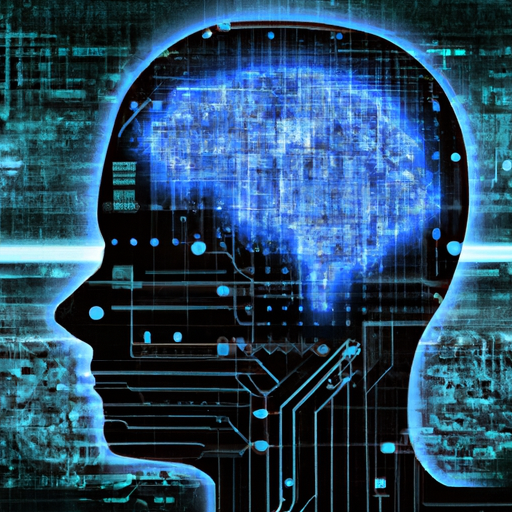In an era where technology is evolving at lightning speed, Cyber-Physical Systems (CPS) are at the forefront of innovation, fundamentally changing the way industries operate. These integrated systems combine physical processes with computational algorithms, paving the way for a new age of automation and connectivity.
What are Cyber-Physical Systems?
CPS refers to systems that tightly integrate computer-based algorithms with physical processes. They are a critical component of Industry 4.0, the fourth industrial revolution characterized by the fusion of the digital and physical worlds. From smart manufacturing to autonomous vehicles, CPS enables real-time monitoring, control, and communication, optimizing performance and efficiency significantly.
The Role of IoT in CPS
The Internet of Things (IoT) plays a crucial role in Cyber Physical Systems by providing the necessary connectivity for data exchange between devices. With millions of devices being connected every day, IoT technology empowers CPS to buffer, analyze, and act upon the data, enhancing decision-making and operational efficiency.
Applications of Cyber-Physical Systems
- Smart Manufacturing: Manufacturers are leveraging CPS to create smart factories that monitor equipment in real-time, predict maintenance needs, and reduce downtime.
- Healthcare: CPS applications in healthcare include remote patient monitoring systems, robotic surgeries, and integrated health services that enhance patient care outcomes.
- Transportation: Autonomous vehicles and intelligent transportation systems utilize CPS to improve safety and efficiency on our roads.
Benefits of Cyber-Physical Systems
The implementation of CPS yields several benefits, such as:
- Enhanced operational efficiency through real-time data analysis.
- Improved safety and reliability in high-risk industries.
- Reduced operational costs by optimizing resource utilization.
Challenges Ahead
Despite their potential, Cyber-Physical Systems face challenges such as cybersecurity risks, data privacy concerns, and the need for standardization across various platforms. Addressing these challenges is crucial for widespread adoption and trust in CPS technologies.
Conclusion
As industries increasingly rely on Cyber-Physical Systems, their impact on the global economy and technological landscape will continue to grow. Embracing this innovation will be key to unlocking future efficiencies and advancements across multiple sectors.
Stay informed on the latest trends and developments in CPS and how they can transform your business for the future!




